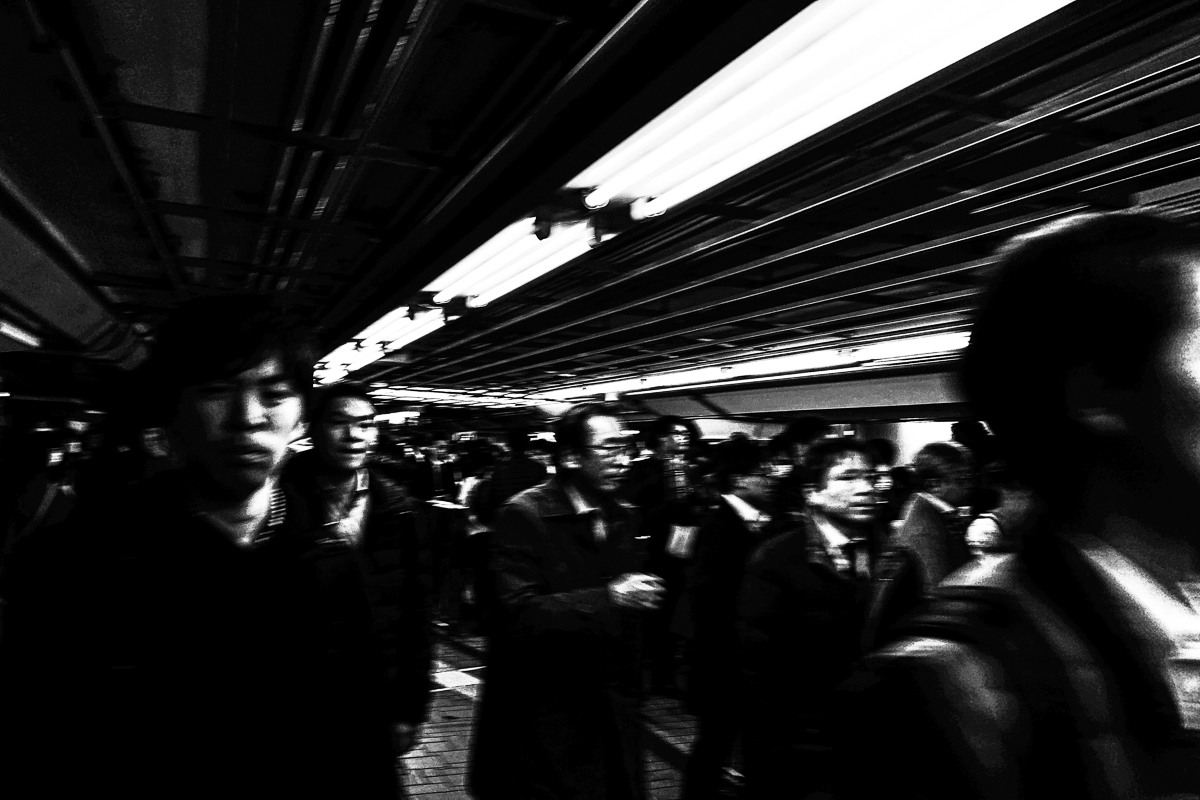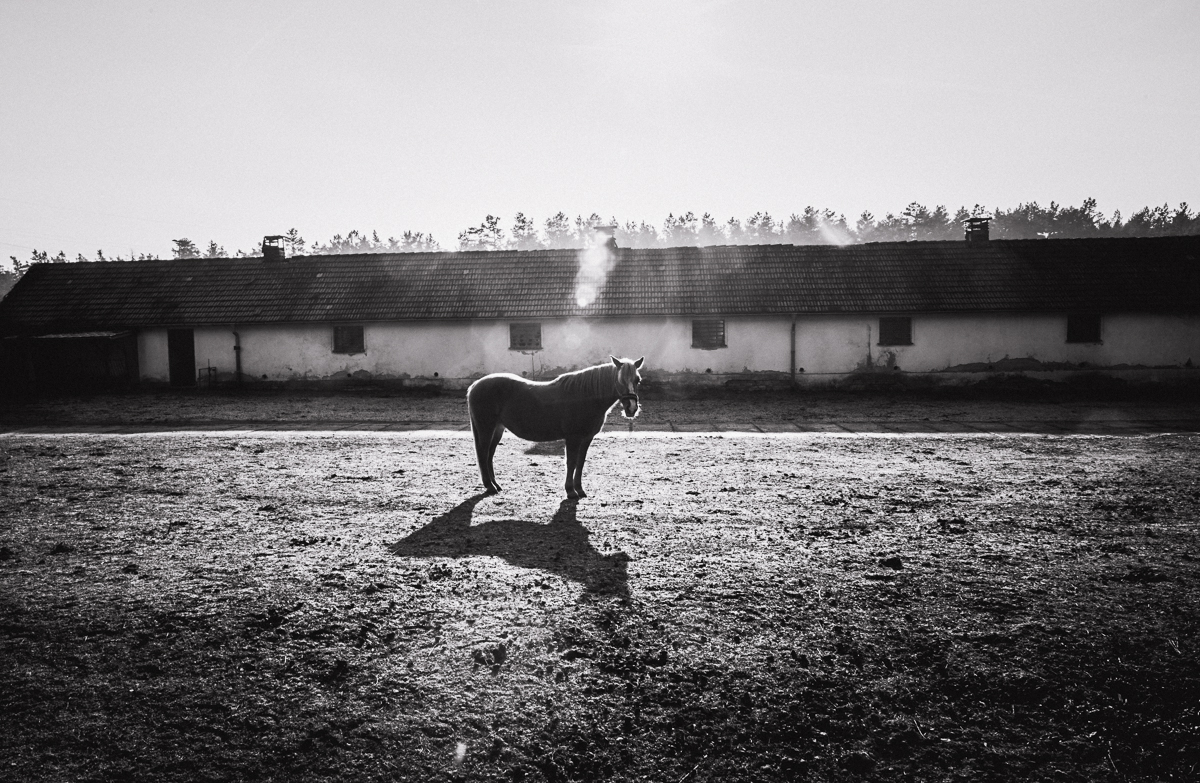
California, July 2016
America will always be a mystical place, with photos just being an additional layer on the pop-image constructed by countless films, songs, movies, tv-shows, news-flashes that form the fabric of what we mistakenly perceive to be the USA.
But there is no inner core to it, nothing we can unwrap and suddenly find the Being of America, it is only layers wrapped in layers of images of places that remain imaginary.
Maybe its different when you live there and the shop on the corner is an actual shop where you can buy stuff instead of a stand-in. But I doubt that:
What then is the Becher-project? Vectors of obscurity and mystification vs. Clarity and Enlightenment
Photography as a vehicle of enlightenment; in the very same moment, it also widens the gaps that enlightenment leaves in its wake: Is there really any revelatory impulse in the endless parade of Gas Tanks? Or is it just a reminder that the world surrounding us will always remain an impenetrable mystery, no matter how hard we look at it?
The dialectic of enlightenment as it manifests in photography; the clearest, most objective way of depicting something only heightens our awareness, that the world will always remain unreadable. While the most mystifying way of showing something often falls flat and reminds us that all we ever know is the obvious.
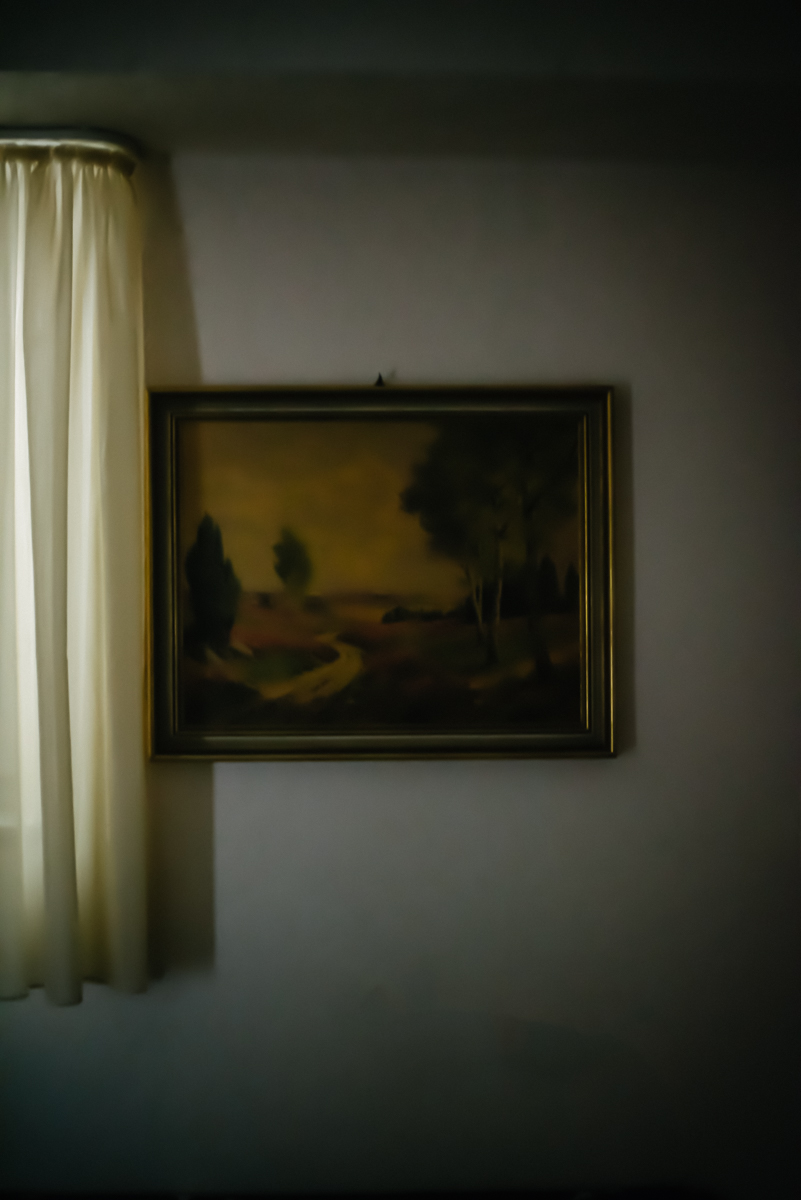


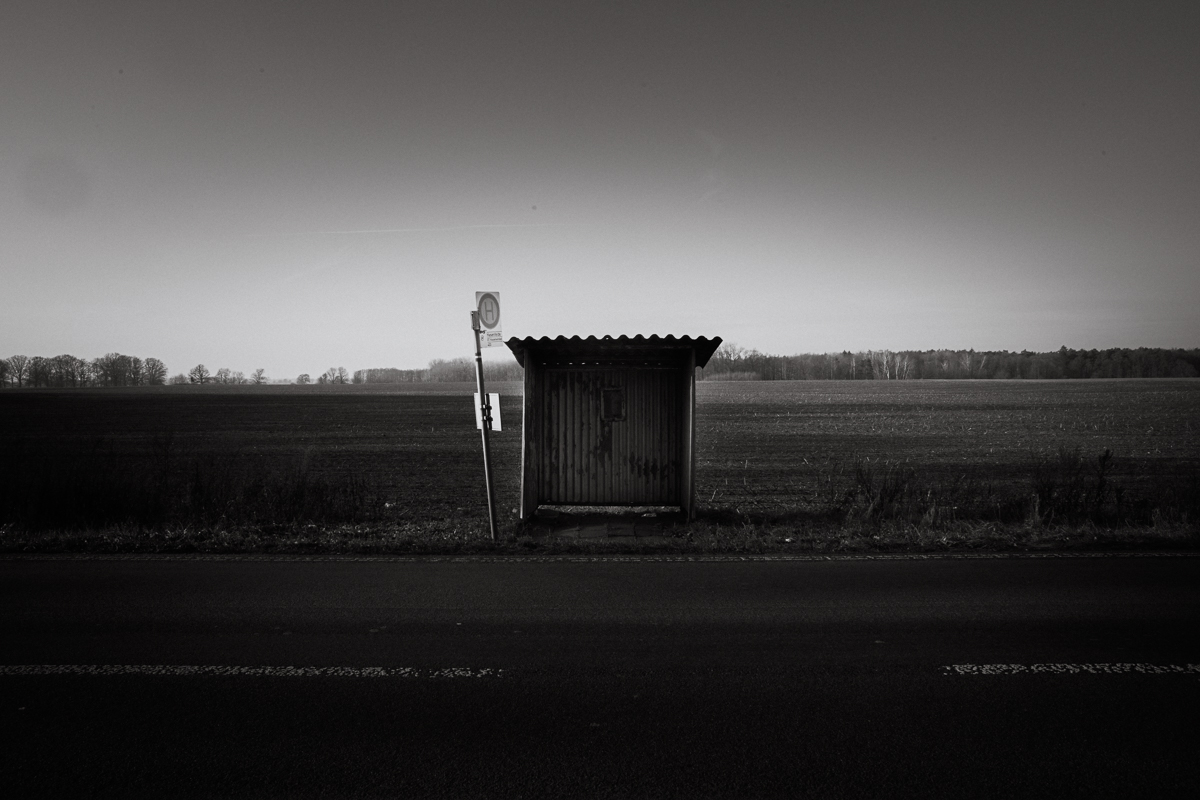
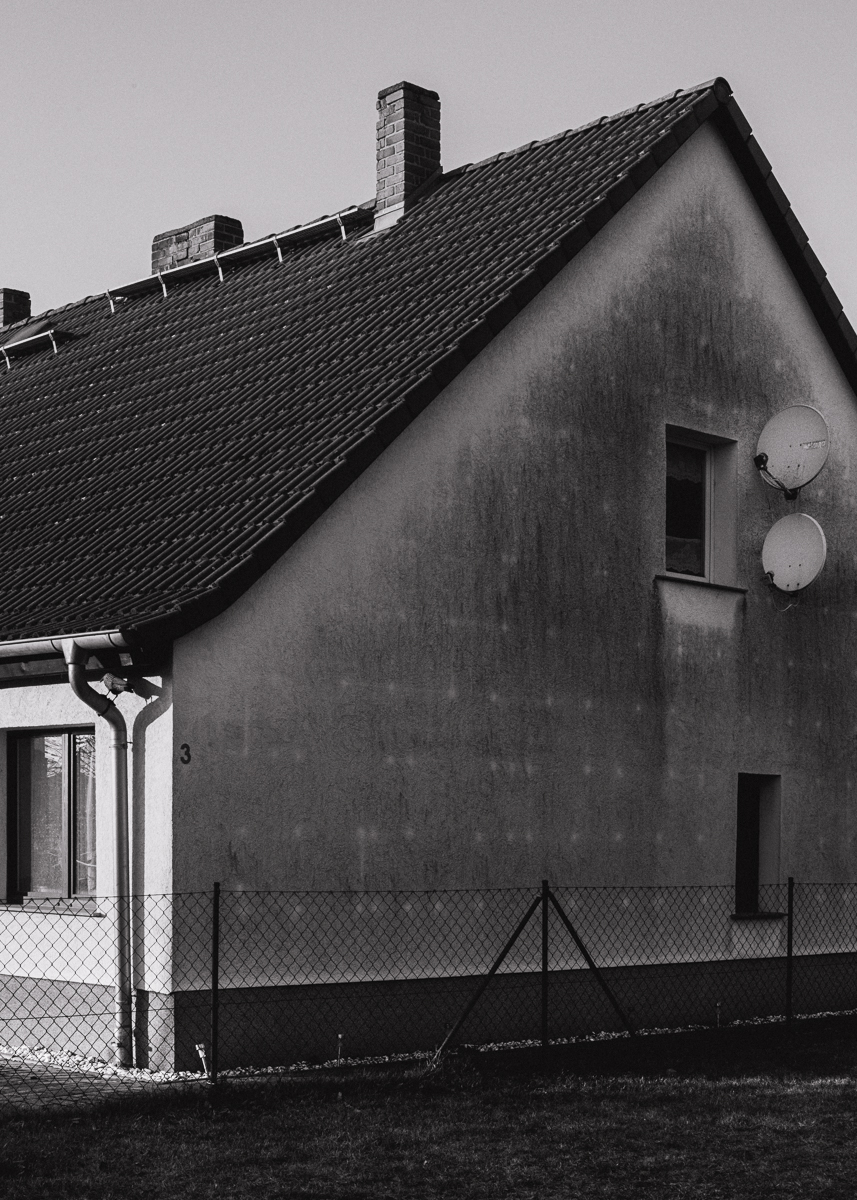
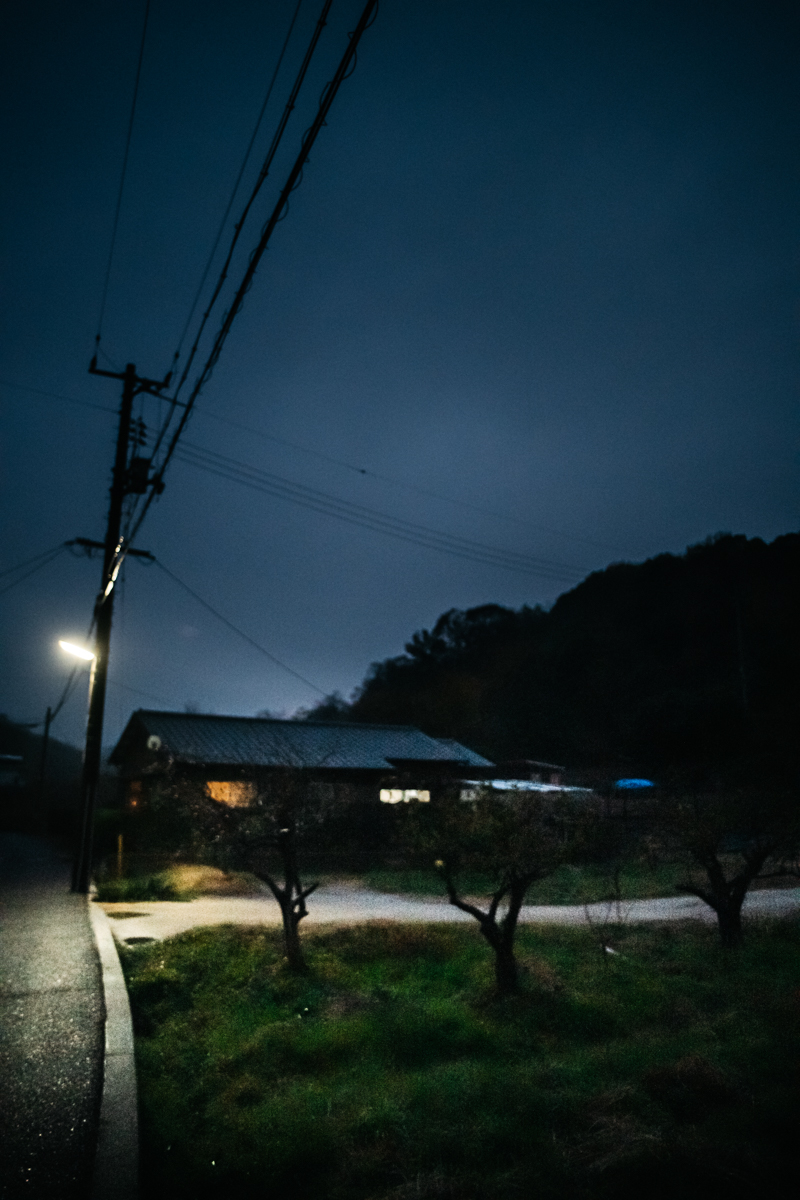
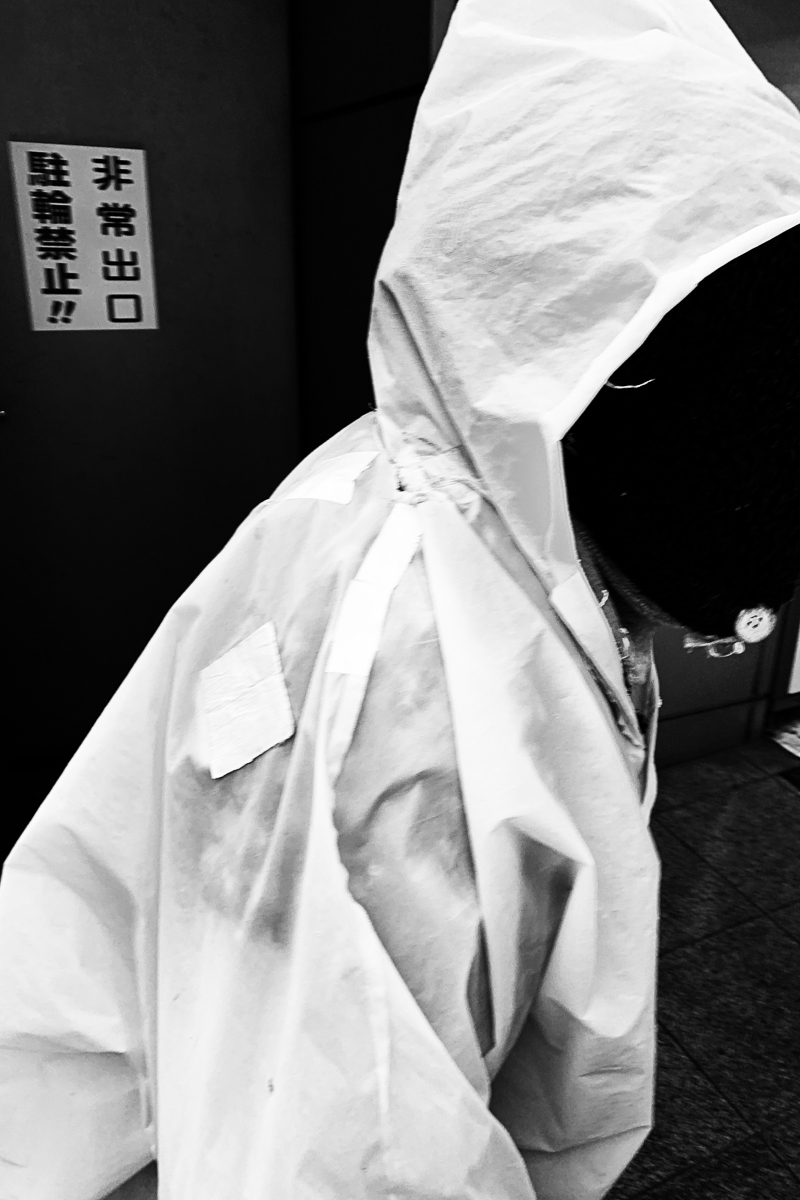 Our deductions from the surface to what lies underneath are usually wrong and photography, as the art of surface, is especially vulnerable to this fraud of looking. The projection of complex circumstances onto a flat plane is misleading; in order to get onto paper or onto the screen, the light has to travel through multiple surfaces, that all leave their mark and tell their own story. The lens-plane, the emulsion/the sensor, the chemical plane of the developer, the scanner, the plane of digital manipulation with its vectors of bending and shifting light, revealing and obfuscating with the same gesture… Yet somehow I still believe that the picture tells some kind of story about what is underneath all these surfaces. I am naïve in that way…
Our deductions from the surface to what lies underneath are usually wrong and photography, as the art of surface, is especially vulnerable to this fraud of looking. The projection of complex circumstances onto a flat plane is misleading; in order to get onto paper or onto the screen, the light has to travel through multiple surfaces, that all leave their mark and tell their own story. The lens-plane, the emulsion/the sensor, the chemical plane of the developer, the scanner, the plane of digital manipulation with its vectors of bending and shifting light, revealing and obfuscating with the same gesture… Yet somehow I still believe that the picture tells some kind of story about what is underneath all these surfaces. I am naïve in that way…